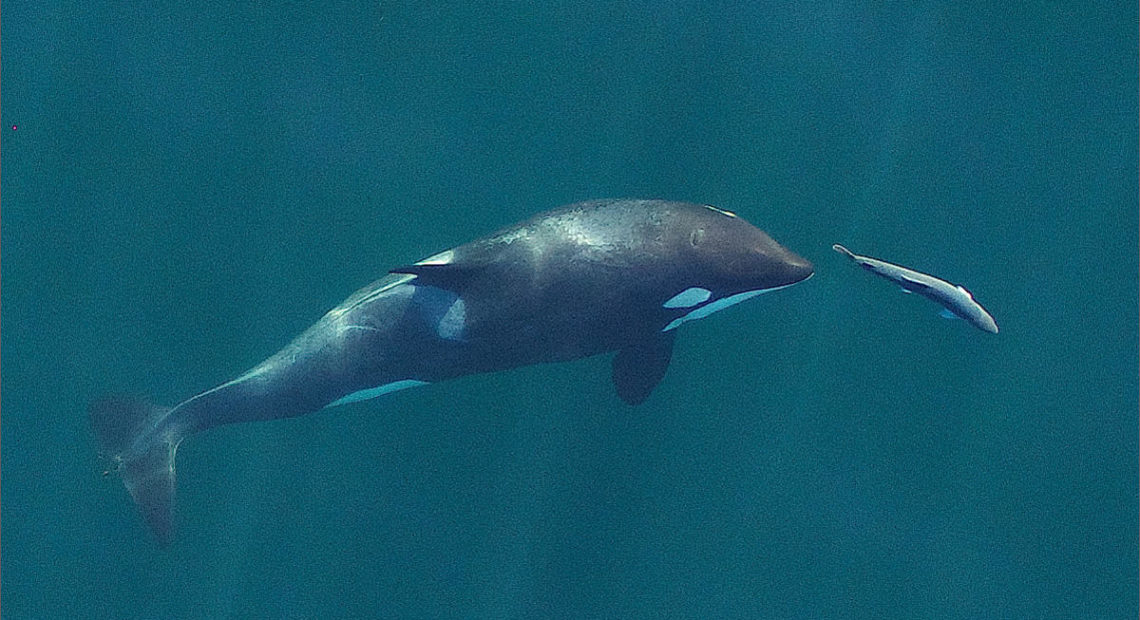
To Help Orcas Catch More Salmon, Washington Plans To Increase Spill At Dams
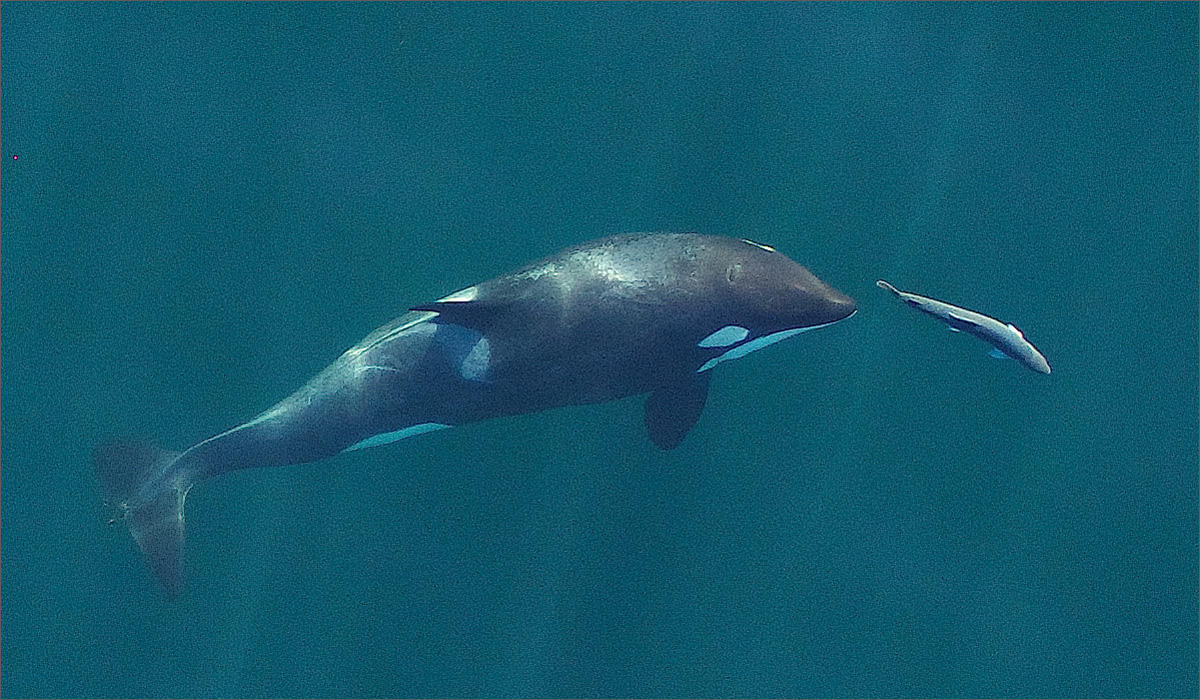
Read On
In an effort to help imperiled salmon, Washington officials are proposing more water be spilled at dams during fish migration. The hope is that this would also increase the amount of food for orcas in Puget Sound.
Last year, state, federal and tribal officials came up with a plan to spill more water over the tops of dams during the spring. That would help young salmon migrating out to sea. At the same time, these flexible plans would keep hydropower costs low.
Washington’s new proposal would bring the state’s regulations in line with those plans. The state’s plan would last for three years so that officials can test the effectiveness of the increased spill.
“As always, science is our guide and we need to balance the potential benefits to juvenile salmon without too great of risk to other fish,” said Maia Bellon, director of Ecology, in a statement. “We want to be intentional and informed about any actions that significantly alter this complex ecosystem.”
Increased spill is important to help salmon survive, said Joseph Bogaard, with Save Our Wild Salmon.
“What we’ve been doing to date to address the threats bearing down on endangered salmon and steelhead in the Columbia Basin have been inadequate,” Bogaard said. “Increased spill is probably our best tactic to increase salmon survival in the near-term. It won’t be enough over time, but it’s certainly a step in the right direction.”
Long-term, Bogaard said, the best way to ensure wild salmon survival is to remove the four Lower Snake River dams, a move federal judge Michael Simon ordered officials to put back on the table.
Washington’s plans could result in more gas bubbles in the water spilled over dams. There are restrictions on what’s known as total dissolved gas above dams. Washington’s Department of Ecology monitor the gas levels. A department spokeswoman said the restriction above the dams helped officials know how much gas each dam was adding to the river.
The plan is drawing criticism from dam advocates. One of their arguments involves the possibility of more gas bubbles in the water. They say some fish could suffer from something akin to the bends, which afflicts scuba divers when they ascend too rapidly.
“The fish would get no rest in the amount of exposure (to total dissolved gas),” said Jim Litchfield, with Northwest RiverPartners, which represents agriculture and commerce groups that support dam operations.
Wild fish advocates say that’s simply not the case. They say more spill is needed to help young salmon make it over the dams.
Washington Gov. Jay Inslee says this plan should help feed struggling orcas that mainly eat chinook salmon.
“Helping more juvenile salmon survive the journey to the ocean is one of many steps we want to take to protect and restore salmon. Our hope is this will also support the recovery and sustained health of our orcas,” Inslee said in a statement. “This is an important short-term action we can take to help inform our decisions about what will work over the long-term.”
People can comment on Washington’s plan through Feb. 28. The Department of Ecology is holding two public hearings:
— Feb. 13, 2:30 p.m., Washington State School of the Blind, 2214, E. 13th St., Vancouver.
— Feb. 19, 6 p.m., webinar
Related Stories:
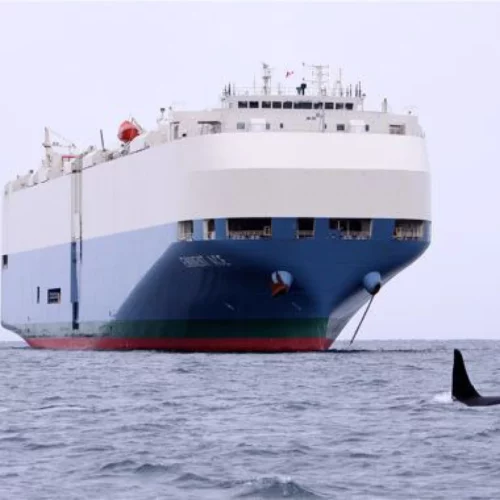
Reducing collisions between ships and whales? There’s apps for that, but they need work
Fortunately, it doesn’t happen very often in the Pacific Northwest that ships collide with whales. But when it does, it’s upsetting, tragic and the whale probably dies. Three separate teams have developed smartphone-based systems that can alert commercial mariners to watch out, slow down or change course when whales have been sighted nearby. A recent ride-along on a big container ship demonstrated that real-time whale alerts are still a work in progress.
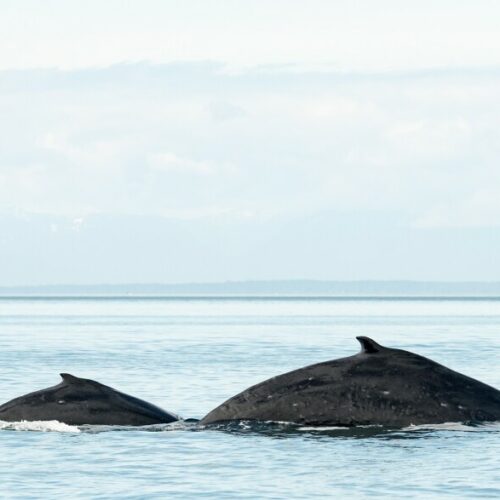
Record Numbers Of Bigg’s Killer Whale Sightings And Humpback Calves In Salish Sea
Whale watchers have spotted a record number of humpback calves in inland Pacific Northwest waters this season. There was also a record streak of Bigg’s killer whale sightings that just ended, according to a local whale research nonprofit. Those observations offer some good news to offset the ongoing concern about the survival of the Northwest’s iconic, but critically endangered resident orcas.
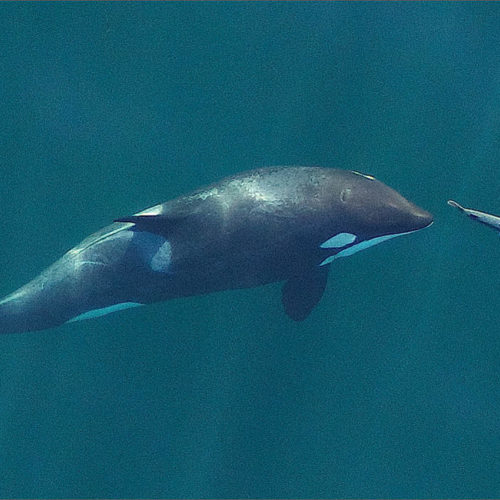
Study: Chinook Salmon Are Key To Northwest Orca Population All Year
By analyzing the DNA of orca feces as well as salmon scales and other remains after the whales have devoured the fish, the researchers demonstrated that the while the whales sometimes eat other species, including halibut, lingcod and steelhead, they depend most on Chinook. And they consumed the big salmon from a wide range of sources — from those that spawn in California’s Sacramento River all the way to the Taku River in northern British Columbia.















